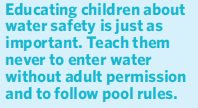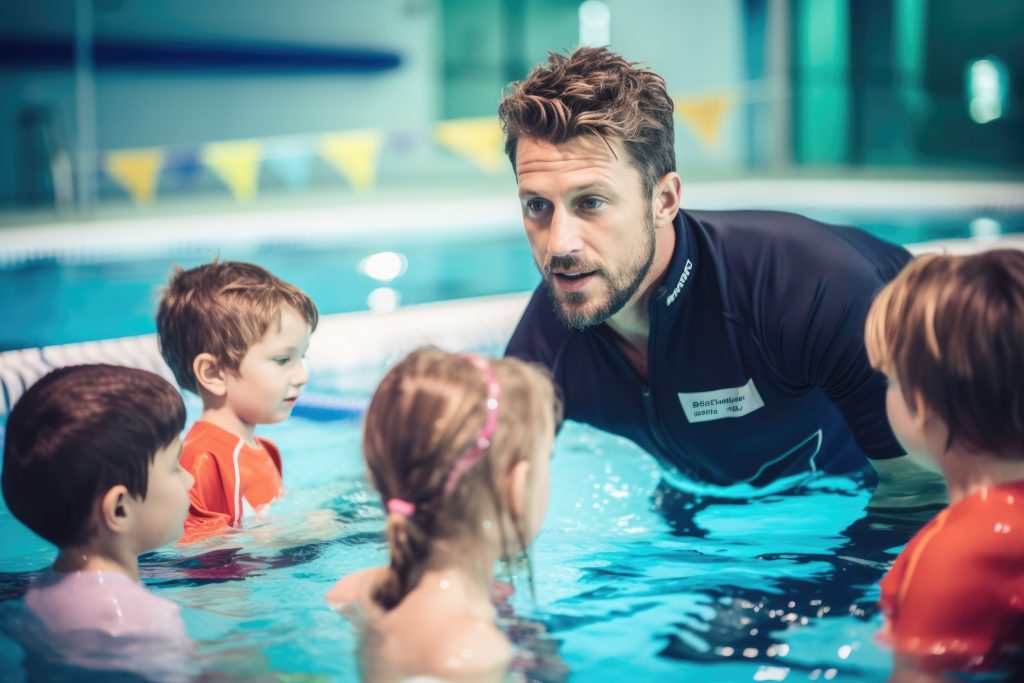Drowning is the leading cause of death for children ages 1-4, and the second leading cause for children ages 5-14. Despite being largely preventable, it often happens quickly and silently, with devastating consequences. Parents, caregivers and communities must remain vigilant and proactive to protect children from this tragedy.
Young children are naturally curious and lack the ability to recognize danger. Even shallow water — like that in bathtubs, buckets or kiddie pools — can pose a significant risk.
The most effective way to prevent drowning is constant, close supervision. “Touch supervision,” where an adult remains within arm’s reach, is crucial for toddlers and non-swimmers. Drowning can happen in seconds, even when adults are nearby but distracted.
Installing barriers, such as four-sided pool fences with self-latching gates, significantly reduces risk. These barriers should be at least four feet tall and separate the pool from the house and yard. Pool covers and alarms can add layers of protection but should not replace active supervision.
Teaching children to self-rescue from a young age can be lifesaving. Swimming lessons can begin as early as 6 months, depending on the child’s readiness. While lessons improve water competency, they do not make a child “drown-proof.” Parents should also learn CPR and basic rescue techniques to respond quickly in emergencies.
Always empty buckets, tubs and kiddie pools after use and store them upside down. Keep bathroom doors closed and use toilet locks if needed. On outings near lakes, rivers or the ocean, children should always wear properly fitted life jackets.

Preventing childhood drowning requires a layered approach — supervision, barriers, swim skills and education. It’s a shared responsibility among families, communities and policymakers. With consistent effort and awareness, we can save lives and ensure that children stay safe in and around water.
Keri is the founder of the Live Like Jake Foundation which exists to raise awareness for childhood drowning prevention, to provide financial and emotional support for families who have experienced a drowning accident and to provide scholarships for self-rescue swim lessons for families that cannot afford them.
Related Articles:

